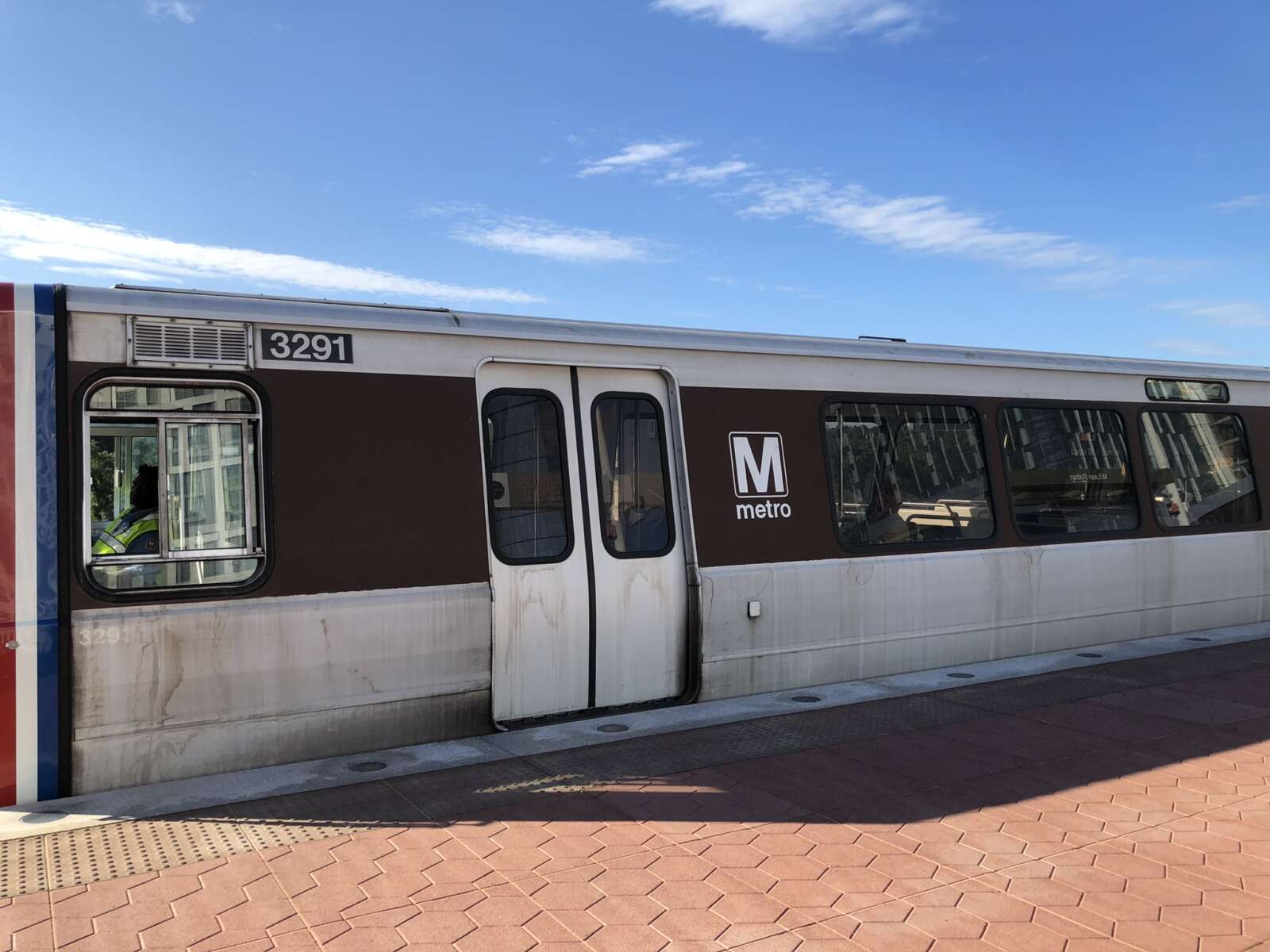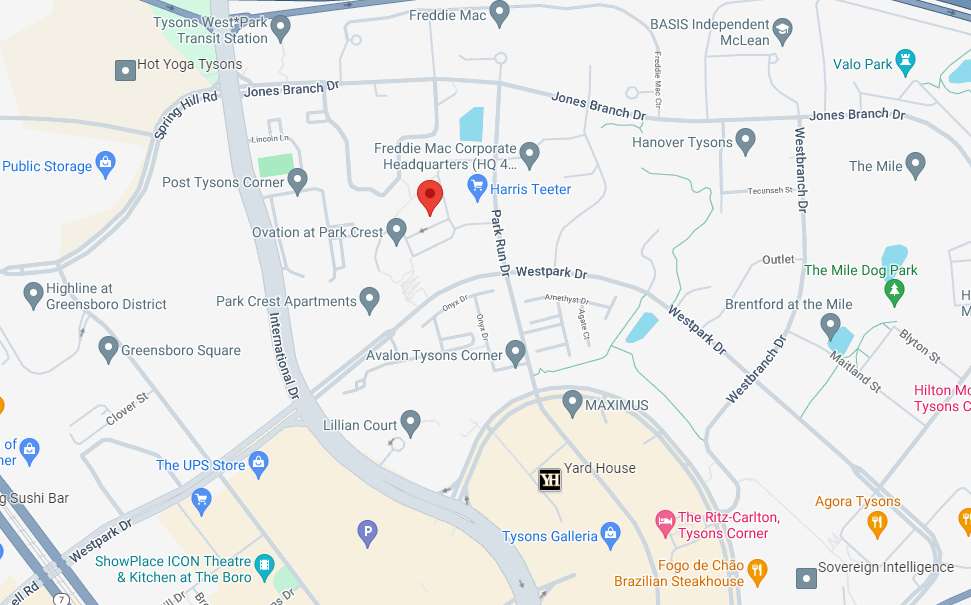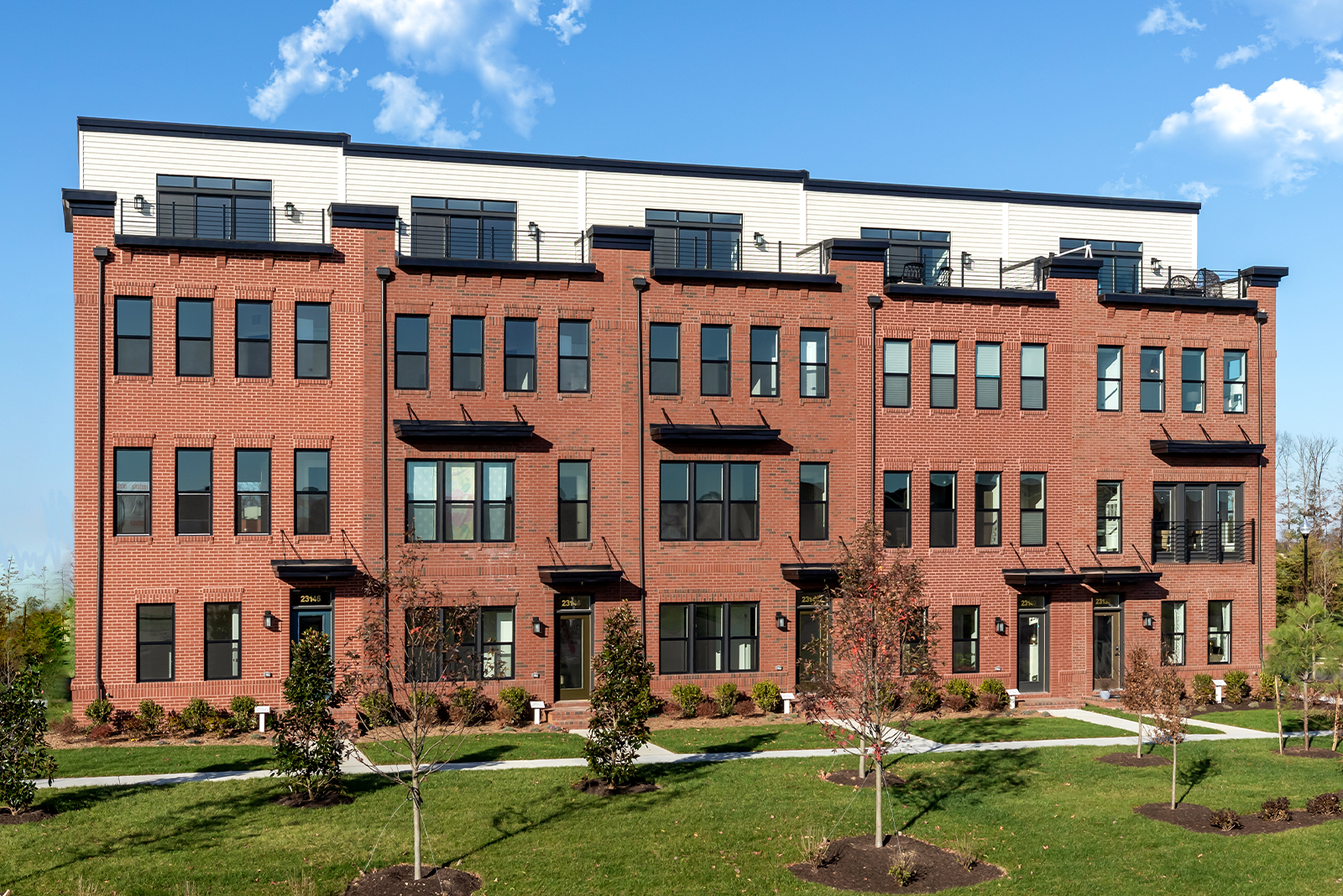This regularly-scheduled sponsored Q&A column is written by Val Sotillo, Northern Virginia-based Realtor and Falls Church resident. Please submit your questions to her via email for response in future columns. Enjoy!
Question: My mortgage lender told me a homeowner’s policy was the last thing needed to fully approve our home loan. I want to shop around and make sure I get the coverage I need. What should I know before deciding on a home insurance policy?
Answer: It’s important to understand the basics of homeowners insurance so you can purchase a policy that meets your needs. It primarily covers your home and the stuff inside of it in the event of theft or some disasters (fire, windstorm, hail, lightning, smoke, explosion, theft, vandalism, riot and vehicle collision).
If your house is destroyed by a covered peril, a standard homeowner’s policy will go a long way toward repairing or rebuilding your home.
I’m not an insurance expert, so I talked to Matt Deadrick, with DDM Insurance, and he provided great insight that will help you understand basic insurance coverage and choose additional coverage that will fit your needs.
Dwelling Replacement Cost Coverage On Your Homeowners Policy
The value of your home may vary and this may cause concerns when you think about the amount of insurance you carry on your homeowner’s policy and whether it’s enough or too much. But the bottom line is that what your home can be rebuilt for versus what you can sell it for are two completely different things.
With Market Value, location, school district, distance to shopping and public transportation, etc. go into the calculations.
With Dwelling Replacement Cost, a completely different set of parameters is taken into account. The location is much less of a factor than the square footage of the house. The construction of your home and its features are what count.
When a new application is taken, your agent should ask questions about your home and it’s features such as square footage, age, number of rooms, if there is a finished basement, etc. This will be used to calculate an estimate of what your home can be rebuilt for, and determine the “Dwelling Coverage” on your policy.
Because there is no way to know exactly what a house costs to rebuild until it actually has to be rebuilt, it is imperative to include some coverage that takes into account that the “Dwelling Coverage” may need to be increased in the event of a catastrophic loss such as a fire.
No one wants to find out they didn’t carry enough homeowners insurance after their home is destroyed.
This is where the right homeowner’s policy can save the day. Basic homeowners policy will only pay up to the dwelling limit listed on the policy, even if it costs more to rebuild your home. However, there are several options available which help to make a homeowners policy much more flexible.
Important Coverage To Consider Adding To Your Basic Policy
- Guaranteed Replacement Cost Coverage on the Dwelling — The most widely used choice. Provides additional coverage over the dwelling coverage listed by 25% or more, depending on the company. Almost all insurance companies offer this endorsement in some form.
- Replacement Cost Coverage on Personal Property — Provides “new for old” coverage when personal property is destroyed or damaged in a covered loss.
- Water & Sewer Backup Coverage — Damage caused by drains backing up into your home is not covered unless this endorsement is included. This is not flood insurance!
- Ordinance & Law Coverage — Covers the additional costs associated with re-building after a loss to meet new building codes enacted after your home was built.
- Scheduled Jewelry Coverage — Homeowner’s policies provide limited coverage for theft or loss of higher valued personal property like jewelry, art, etc. In order to properly cover this property, you should “schedule” it.
- Identity Theft Coverage — Coverage varies widely from only repaying certain expenses associated with ID theft to actually handling ID recovery.
- In-Home Business Coverage — Coverage added to the homeowner’s policy to cover certain types of business exposures and business property.
Helpful Tips
- Your insurance company may give you a better price if you bundle auto and homeowners insurance.
- Flooding isn’t covered by your homeowners policy. Even if you aren’t next to a river, stream or lake, you might be more at risk than you know. Call your insurance to check.
- If you have a centrally monitored home alarm system you can get credit on your homeowners insurance.
For more insurance answers and tips, feel free to reach out to Matt Deadrick at 301-937-1500. Thanks Matt!
If you’d like a question answered in my weekly column, please send an email to [email protected]. I hope to hear from you soon!
Val Sotillo is a licensed Realtor in Virginia, Washington D.C., and Maryland with Real Living At Home, 2420 Wilson Blvd #101 Arlington, VA 22201, 703-390-9460.






